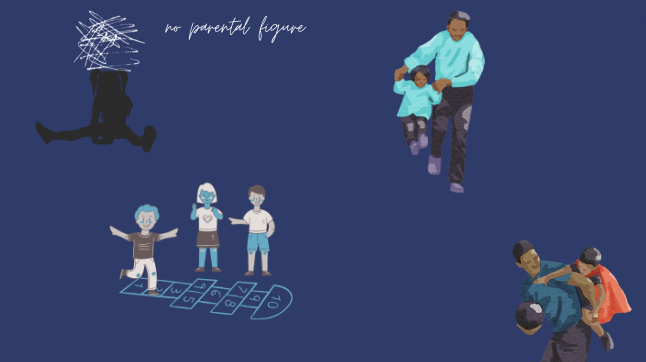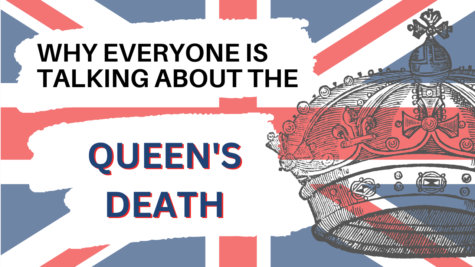Gender roles may stem from brain anatomy
October 2, 2018
While our culture of gender roles is a large influence on the behavior of men versus women, biology could be an influence on traditional gender roles.
Studies show that boys and girls under two years old generally prefer their respective sex-typed toys. Children at this age barely recognize gender, let alone social stereotypes.
Studies by Larry Cahill, PhD, professor of neurobiology and behavior, indicate that a woman’s hippocampus, critical to learning and memorization, is larger than a man’s and works differently. A man’s amygdala, associated with the experiencing of emotions and the recollection of these experiences, is bigger and works differently than a woman’s.
Cahill discovered that although a man’s amygdala is larger, women are generally better at recalling emotional memories. The amygdala is thought to figure into depression, and this difference in function could help us understand why women are twice as likely as men to experience clinical depression and post-traumatic stress disorder.
Women are more predisposed to excel in verbal abilities, including writing and reading comprehension. They tend to communicate more successfully and expressively, due to their language functioning, which means they are able to create better human relationships. Women also do better with fine-motor coordination, perceptual speed, and long-term memory.
Men generally have better visuospatial skills (visualizing complex objects in space) and use their working memory more often. They are oriented to notice discrepancies in their environment, and are drawn to objects where women are drawn to people. Males’ brain activity was more tightly coordinated within local brain regions.
The big reason for these differences are sex hormones. For much of their lifetimes, men and women have different sex hormones running through their body. The brain areas that differ in size between men and women tend to contain high concentrations of sex hormones receptors.
Bruce Goldman, MS, says, “Males developing normally in utero get hit with a big mid-gestation surge of testosterone, permanently shaping not only their body parts and proportions but also their brains.” This slightly changes the fetus’ sex chromosome genes. It also influences how the fetus, and eventually human being, reacts to stimulus.
“We think gender-specific behavior is a composite of […] modules (a pathway in charge of a complicated behavior that responds to genetic and hormonal signals), which, added up, give your overall degree of maleness and femaleness,” says Nirao Shah, professor of psychiatry, behavioral studies, and neurobiology.
“Sex-based differences in brain structure and physiology reflect the alchemy of these hormone/receptor interactions, their effects within the cells, and the intermediating influence of genetic variables,” says Cahill.
Further research into these brain differences could help us understand the predominance of mental illnesses and disorders to one gender, such as ASD in men and clinical depression in women.
Experts believe that men and women with the same background have equal reasoning skills, vocabulary, assertion, problem solving ability, and reading comprehension. Experiments by psychologist Janet Shibley Hyde, PhD, show that gender has little to no effect on a person’s psychological abilities, such as communication, leadership, morality, and motor skills.
Psychologist Diane Halpern, PhD, says that though there are patterns of cognitive differences between genders, “differences are not deficiencies.” These predispositions because of brain structure do not dictate a man or woman’s ability to perform.
And, these general rules do not necessarily apply to everybody. Abundant genetic variation across the human species means everyone’s body reacts differently to sex hormones. Usually, there is more variability across individuals rather than between genders.















